DHI Hair Transplant: What You Need to Know
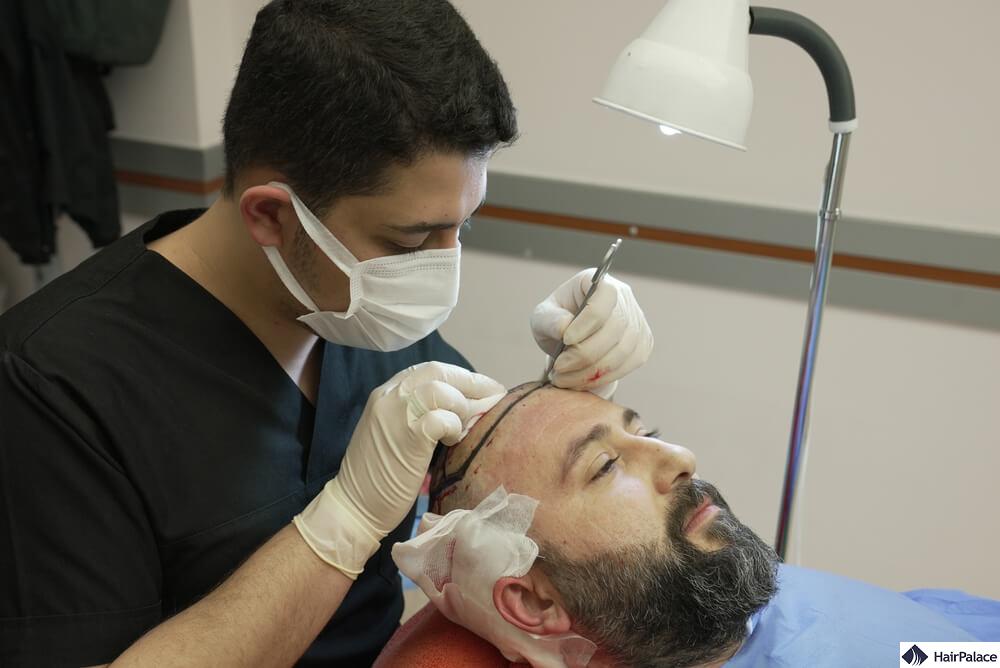
- What is DHI hair transplant?
- Fast facts
- How does Direct Hair Implantation work?
- Who can benefit from DHI technique?
- DHI Vs. FUE hair transplant
- What are the potential side effects?
- DHI hair transplant UK cost
- Pros and cons of DHI hair transplants
- Learn more about hair transplant methods
What is DHI hair transplant?
DHI hair transplant (direct hair implantation) is a modification of the FUE technique introduced by DHI Global Medical Group in 2010.
In FUT and FUE hair transplants, donor follicles are implanted into the thinning/bald areas to restore growth. The surgeon cuts channels into the scalp before inserting the grafts.
But this is where DHI differs from FUT and FUE hair transplant surgery: surgeons use a handheld, Choi implanter pen to create those channels and implant follicles at the same time.
Fast facts
| Patients in 2022 | 18,000 |
| Most clinics in | London |
| Costs in the UK | between £3000 and £15000 |
| Average surgery size | 2500 grafts |
| Procedure | |
| Length of procedure | 6 – 8 hours |
| Extraction | typically done with FUE technique |
| Anaesthesia | local |
| Pain | moderate |
| Potential risks | swelling, redness, numbness of scalp |
| Scarring | practically invisible |
| Aftercare | |
| Recovery | 7-14 days |
| Return to work | 2-3 days |
| Final result | in 12 to 15 months |
How does Direct Hair Implantation work?
Surgeons begin by removing healthy hair follicles from one or more areas of the scalp.
The next step of the Direct Hair Implantation procedure is the transfer of these hairs to the thinning/balding zones.
The newly transplanted hair follicles gradually produce new hair growth that blends with the rest.
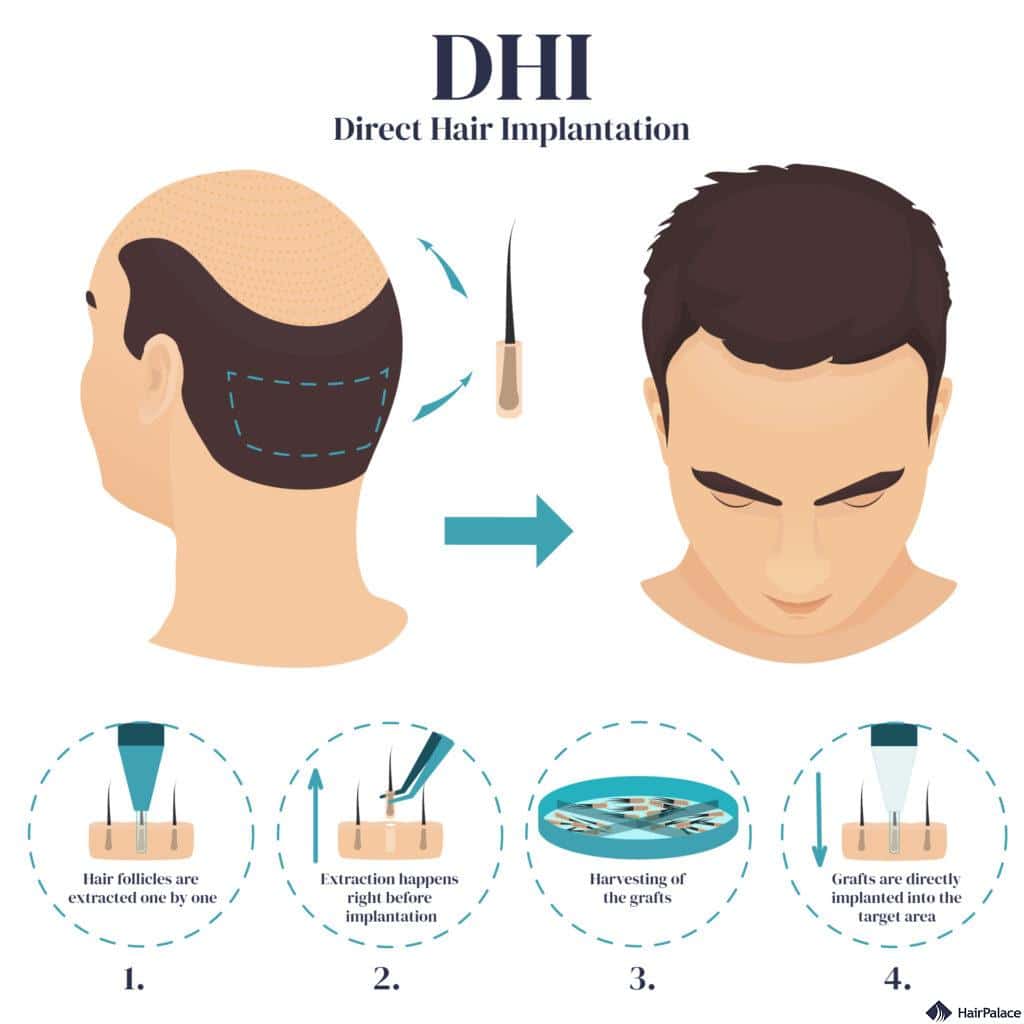
The procedure involves the following steps:
- The surgeon shaves the patient’s head and administers a local anaesthetic to numb the area and keep the patient comfortable.
- They use a precision tool to remove follicles from the back of the scalp.
- The surgeon loads the follicles into a special tool. All donor follicles are implanted into the target areas of the scalp (e.g., the crown, the hairline).
- The surgeon applies an antibiotic cream to treatment sites and dresses them with bandages.
Direct Hair Implantation procedures usually last around 8 hours (as with FUE), but the length can vary.
It depends on the number of follicles to be transplanted — a patient with advanced pattern baldness will require more extensive treatment than someone with a mildly receding hairline.
You should see the full results of your surgery within 12 to 18 months.
Who can benefit from DHI technique?
The best candidates experience pattern baldness, like 50% of men over 50.
Surgeons can harvest follicles from areas of healthy growth and implant them into affected regions.
If pattern baldness spreads from the crown, for example, new follicles can seamlessly restore coverage with a crown hair transplant.
Other strong candidates share the following traits:
- Over 25 years of age: Hair loss can be difficult to predict in people below this age.
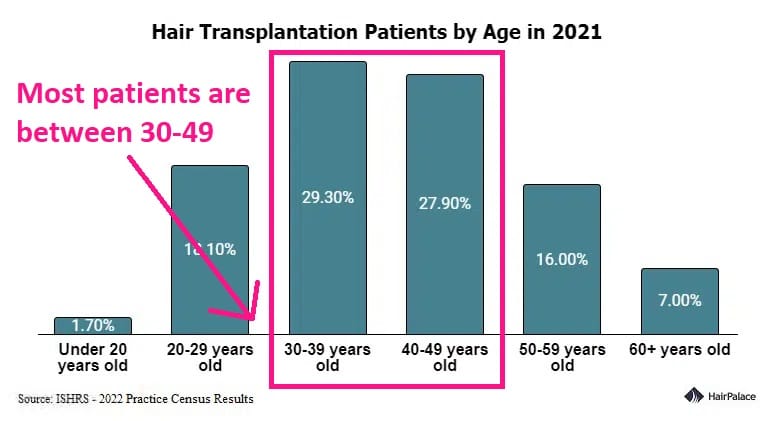
- Thick hair: While people with thin hair may achieve great results, transplants usually work best for thicker hair as each follicle has more coverage.
- Density of 40 follicles per square centimetre: Patients with lower density tend to be weaker candidates.
- Realistic expectations: Surgeons find that people with realistic expectations for their results are usually the most satisfied.
It’s vital that you have a consultation with an expert before you commit to DHI, or any form of hair restoration, to confirm that you’re a suitable candidate.
DHI Vs. FUE hair transplant
Our expert János answers one of the most common hair transplant questions. Which hair transplant is best?
So to summarize what is the difference between DHI and FUE hair transplant surgery:
FUE hair transplant surgery is a minimally invasive method to harvest the follicles from the donor zone, and DHI is a technique to implant the extracted follicles into the thinning areas.
While they are often advertised as 2 separate procedures, they are typically used in combination.
Traditionally, with the FUE hair transplant procedure, the surgeon manually cuts channels separately in the recipient area before implanting the grafts.
Essentially, they map out the place for each graft before actually inserting them.
With Direct Hair Implantation, surgeons bypass the channel creation and implant the grafts in one go. Hair clinics offering these procedures claim that it’s today’s most advanced and effective method.
However, at the time of writing, no research is available to support claims that it is better than FUE.
Ultimately, as the extraction will likely be done with FUE, the implantation method will depend on what your surgeon prefers.
DHI vs Sapphire hair transplant
DHI utilizes a patented tool, the Choi Implanter Pen, to extract hair follicles and then immediately implant them into the balding area.
Sapphire FUE method, as the name suggests, employs blades made from sapphire, rather than the traditional steel blades.
These sapphire blades are ultra-sharp, which is said to allow for more precise and smaller incisions, which may lead to faster healing and reduced scarring.
Both methods aim to enhance the efficiency, aesthetic results, and recovery process of hair transplantation.
However, there is not much evidence to suggest that either of these methods provides significant advantages over traditional FUE surgery.
What are the potential side effects?
DHI and FUE hair transplants are among the least invasive hair transplant procedures. Although despite what most companies will tell you they still lead to some scarring.
However, unlike FUT the scars caused by these methods are completely invisible.
Some of the complications that may arise include:
- Infection
- Shock loss
- Unnatural results
- Bleeding
- Pain
- Inflammation
- Trigger trypophobia
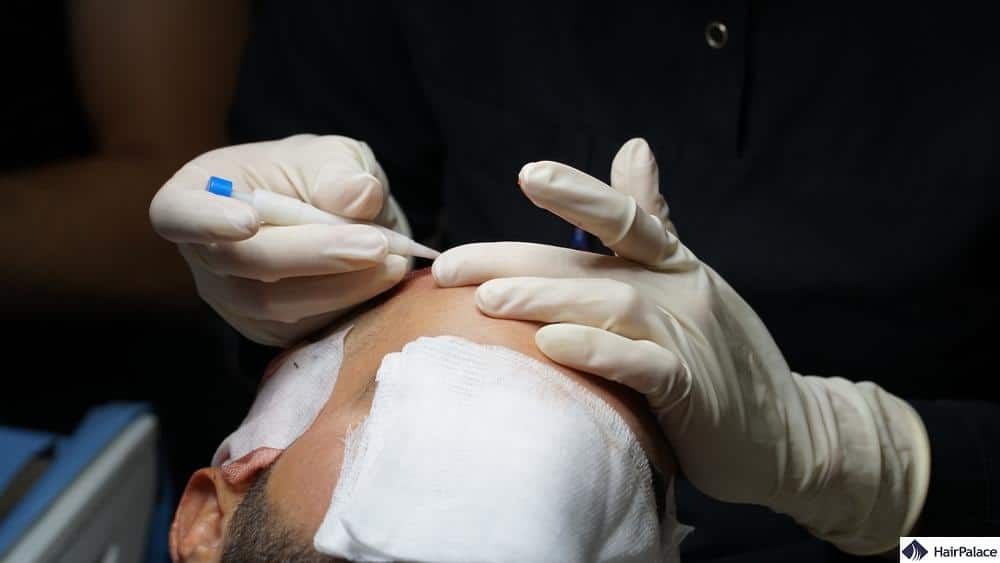
DHI hair transplant UK cost
DHI hair transplant cost UK is typically between £3,000 and £15,000 (on average). Prices may differ from one clinic to another, but you will most likely have to come up with the money by yourself.
The NHS and other insurance providers rarely cover non-essential cosmetic treatments.
Costs are based on:
- The clinic’s location (e.g., London venues can be expensive).
- The number of follicles required.
- The clinic’s brand (bigger names may command higher rates).
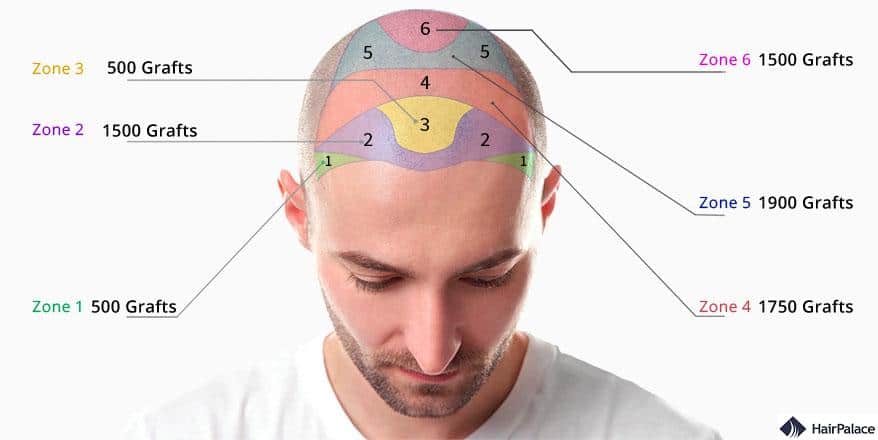
Insurance providers could refuse to cover hair transplant costs, as DHI is classed as a cosmetic procedure rather than essential surgery.
Alternatives to hair restoration surgeries include finasteride, low-level laser therapy, and minoxidil.
You can reduce the price by travelling to a clinic outside the UK. For example, with a hair transplant in Hungary, you can save around 70% of the costs while you still get high-quality care.
Pros and cons of DHI hair transplants
Just like other methods, DHI hair transplantation has its benefits and drawbacks:
DHI advantages
- Less bleeding and scabbing
- Quick recovery, especially when combined with FUE harvesting
- Natural-looking results can be achieved
DHI disadvantages
- Graft placement is not mapped out in advance
- Proper implantation requires great precision and skill
- Having this method carried out by assistants could cause lifelong trauma
- Clinics tend to charge more for these procedures
With all things considered, Direct Hair Implantation hair transplants are safe procedures that offer transformative and natural-looking results.
Furthermore, the latest report from ISHRS shows that patients gain much more than a new hairstyle.
The overwhelming majority of patients who go ahead with the surgery experienced an overall positive impact and improved self-confidence:
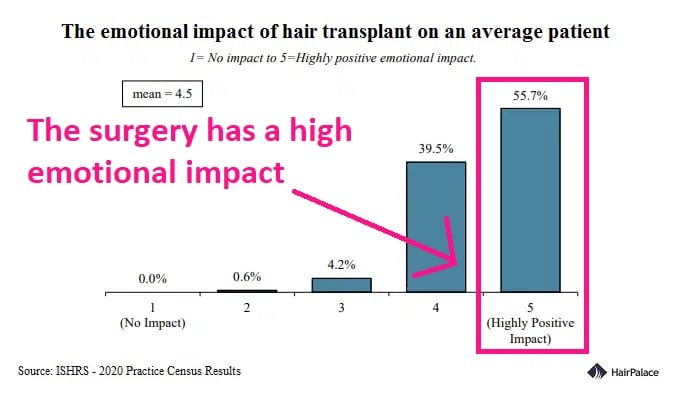
Learn more about hair transplant methods
If you want to learn more about different hair restoration techniques, check out the following articles!
- FUT hair transplant
- Hair plugs
- FUE hair transplantation
- Stem cell hair transplant
- Biograft hair transplant
- Beard transplantation
- Synthetic hair transplant
- Neograft
- Eyebrow transplant
DHI Hair Transplant FAQ
This technique is typically not painful as local anaesthesia is administered during the procedure. However, patients might experience some discomfort or minor pain during the recovery phase.
A hair transplant is designed to be permanent. However, longevity depends on factors like post-operative care, the patient’s overall health, and genetic predisposition to hair loss. Proper care and management can help maintain the transplanted hair for a lifetime.
The method is considered highly effective, often resulting in denser and more natural-looking outcomes compared to traditional methods, provided it is performed by experienced professionals.
It’s recommended to sleep with your head elevated at a 45-degree angle for the first few nights to minimize swelling. Using a neck pillow or travel pillow can help maintain this position and prevent direct contact or pressure on the transplanted area. Avoid sleeping on your stomach or sides for the first few days.
Patients are typically advised to avoid strenuous exercises for at least 7-10 days to prevent sweating and increased blood pressure. Light activities can be resumed gradually, but always consult with your surgeon before returning to your regular exercise routine.
With the proper aftercare, the results will last for a lifetime.
Last medically reviewed on May 28th, 2024
- Kayiran O, Cihandide E. Evolution of hair transplantation. Plast Aesthet Res 2018;5:9.http://dx.doi.org/10.20517/2347-9264.2017.86
- Kerure AS, Patwardhan N. Complications in hair transplantation. Symposium: Hair in Derm. 2018;11:4http://dx.doi.org/10.4103/JCAS.JCAS_125_18
- Kumaresan M, Mysore V. Controversies in hair transplantation. Symposium: Hair in Derm. 2018;11:4http://dx.doi.org/10.4103/JCAS.JCAS_118_18
- Zito PM, Raggio BS. Hair Transplantation. Updated 2021.https://www.ncbi.nlm.nih.gov/books/NBK547740/

